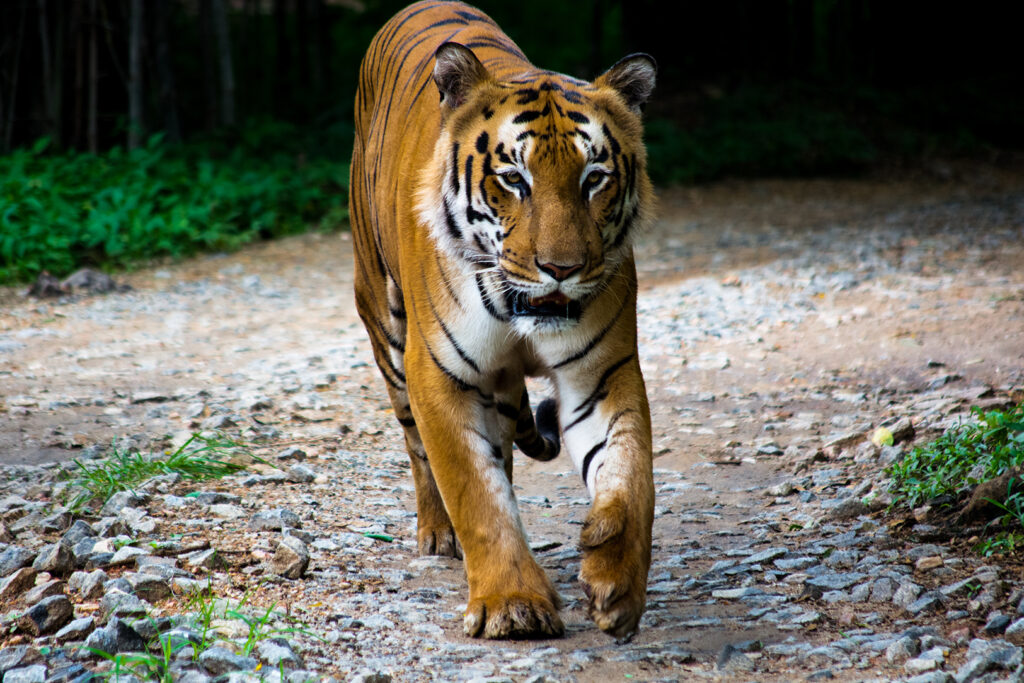Predictive Analytics and Machine Learning
In wildlife conservation, predictive analytics and machine learning can be valuable tools for understanding and managing wildlife populations. At our organization, we have developed a software platform that leverages these tools to help conservationists make informed decisions about wildlife management.
Our approach to predictive analytics and machine learning in wildlife conservation software is grounded in the understanding that conservationists need accurate and reliable data to make informed decisions. Our platform uses a three-step process: data collection, model development, and deployment.
The first step in our approach is data collection. We work with conservationists to identify the data sources they need to collect data from and develop a plan for how to collect it. We consider the quality and quantity of data we need to build an effective model. Data quality is particularly important in wildlife conservation, as inaccurate data can lead to incorrect decisions about wildlife management.
Once we have collected the data, we move on to the second step, which is model development. In this step, we develop a model using statistical and machine learning algorithms that are best suited to the specific conservation challenge at hand. For example, we may use machine learning algorithms to predict the population growth of a particular species or to identify the factors that are contributing to declines in a species’ population.
One key consideration when developing our models is selecting the right features. Features are the input variables that we use to train our model, and they can have a significant impact on its accuracy and reliability. In wildlife conservation, features might include factors such as habitat quality, predator populations, or human activity in a particular area.
Once we have developed our models, we move on to the third step, which is deployment. We integrate our models into our software platform, where conservationists can access them to make informed decisions about wildlife management. Our platform allows conservationists to visualize data and model results, and to explore different scenarios and management strategies to determine the best course of action.
One of the key benefits of our approach to predictive analytics and machine learning in wildlife conservation software is that it allows conservationists to make data-driven decisions about wildlife management. For example, if a conservationist is trying to decide how to allocate resources to protect a particular species, our platform can help them understand the factors that are contributing to declines in that species’ population, and to identify the most effective strategies for conservation.
Another benefit of our approach is that it allows conservationists to monitor wildlife populations over time and adapt their management strategies as needed. For example, if a conservationist notices a sudden decline in a species’ population, they can use our platform to identify the factors that are contributing to that decline and develop strategies to address them.
In conclusion, our approach to predictive analytics and machine learning in wildlife conservation software is grounded in the understanding that accurate and reliable data is essential for making informed decisions about wildlife management. By collecting data, developing models, and deploying our platform to conservationists, we aim to empower them to make data-driven decisions that will help protect and conserve wildlife for future generations.


